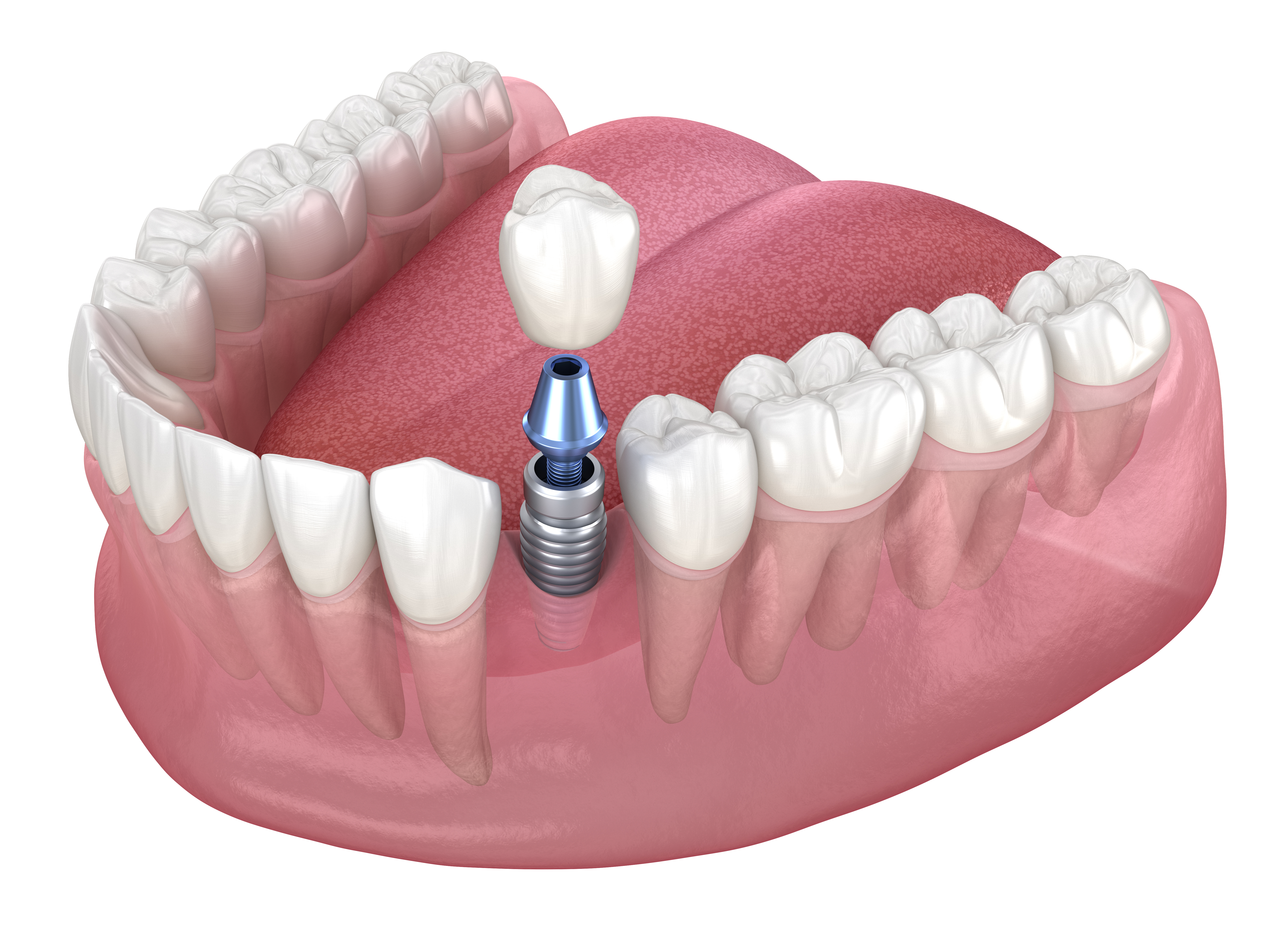Heart Failure Treatment: Understanding Early Signs and Detection Methods
Heart failure is a serious cardiovascular condition that affects millions of people worldwide. Early detection and proper treatment are crucial for managing this condition effectively. This article will explore the early signs of heart failure, how to detect it, and the importance of timely intervention.

What are the common early signs of heart failure?
Heart failure often develops gradually, and its early signs can be subtle. Some of the most common early indicators include:
-
Shortness of breath, especially during physical activity or when lying down
-
Persistent coughing or wheezing
-
Swelling in the feet, ankles, or legs (edema)
-
Fatigue and weakness
-
Rapid or irregular heartbeat
-
Reduced ability to exercise or perform daily activities
These symptoms may not always indicate heart failure, but they should not be ignored, especially if they persist or worsen over time.
How does the body respond to early stages of heart failure?
In the early stages of heart failure, the body tries to compensate for the heart’s reduced pumping ability. This compensation can manifest in several ways:
-
The heart may enlarge to pump more blood with each beat.
-
The heart muscle may thicken to maintain pumping strength.
-
Blood vessels may narrow to maintain blood pressure.
-
The body may divert blood away from less vital organs to prioritize the heart and brain.
These compensatory mechanisms can temporarily mask the symptoms of heart failure, making early detection challenging. However, over time, these adaptations become insufficient, leading to more noticeable symptoms.
What risk factors increase the likelihood of developing heart failure?
Several factors can increase a person’s risk of developing heart failure:
-
High blood pressure (hypertension)
-
Coronary artery disease or previous heart attacks
-
Diabetes
-
Obesity
-
Valvular heart disease
-
Certain medications, such as some cancer treatments
-
Sleep apnea
-
Excessive alcohol or tobacco use
-
Age (risk increases with age)
-
Family history of heart disease
Understanding these risk factors can help individuals and healthcare providers identify those who may need closer monitoring or preventive measures.
How can healthcare professionals detect heart failure in its early stages?
Early detection of heart failure often involves a combination of clinical evaluation and diagnostic tests:
-
Physical examination: Doctors check for signs like swelling, abnormal heart sounds, or fluid in the lungs.
-
Medical history: A detailed review of symptoms, risk factors, and family history.
-
Blood tests: These can measure levels of certain proteins (like BNP) that indicate heart stress.
-
Electrocardiogram (ECG): This test records the heart’s electrical activity.
-
Echocardiogram: An ultrasound of the heart that shows its structure and function.
-
Chest X-ray: This can reveal an enlarged heart or fluid in the lungs.
-
Stress tests: These assess heart function during physical activity.
Early detection allows for timely intervention, which can significantly improve outcomes and quality of life for patients with heart failure.
What are some unique insights about heart failure treatment in the United States?
In the United States, heart failure treatment has seen significant advancements in recent years:
-
Telemedicine: Remote monitoring of heart failure patients has become increasingly common, allowing for more frequent check-ins and adjustments to treatment plans.
-
Implantable devices: Devices like CardioMEMS can monitor heart pressure in real-time, enabling proactive management of heart failure.
-
Multidisciplinary approach: Many hospitals now use team-based care models, involving cardiologists, nurses, pharmacists, and nutritionists to provide comprehensive treatment.
-
Focus on lifestyle modifications: There’s an increased emphasis on diet, exercise, and stress management as part of heart failure treatment plans.
-
Precision medicine: Genetic testing is being used more frequently to tailor treatments to individual patients.
These approaches have contributed to improved outcomes and reduced hospitalizations for heart failure patients in the United States.
What are the current treatment options for heart failure?
Treatment for heart failure typically involves a combination of lifestyle changes, medications, and in some cases, medical procedures:
| Treatment Category | Examples | Purpose |
|---|---|---|
| Medications | ACE inhibitors, beta-blockers, diuretics | Improve heart function, reduce symptoms |
| Lifestyle Changes | Low-sodium diet, regular exercise, stress reduction | Reduce strain on the heart |
| Devices | Implantable cardioverter-defibrillators (ICDs), cardiac resynchronization therapy (CRT) | Regulate heart rhythm, improve pumping efficiency |
| Surgical Procedures | Coronary bypass, heart valve repair/replacement | Address underlying heart problems |
| Advanced Therapies | Left ventricular assist devices (LVADs), heart transplantation | For severe cases not responding to other treatments |
Prices, rates, or cost estimates mentioned in this article are based on the latest available information but may change over time. Independent research is advised before making financial decisions.
The choice of treatment depends on the severity of heart failure, underlying causes, and individual patient factors. A cardiologist will work with the patient to develop a personalized treatment plan aimed at managing symptoms, slowing disease progression, and improving quality of life.
In conclusion, understanding the early signs of heart failure and knowing how to detect it are crucial steps in managing this condition effectively. By recognizing symptoms early, identifying risk factors, and seeking timely medical attention, individuals can significantly improve their chances of successful treatment and better long-term outcomes.
This article is for informational purposes only and should not be considered medical advice. Please consult a qualified healthcare professional for personalized guidance and treatment.




